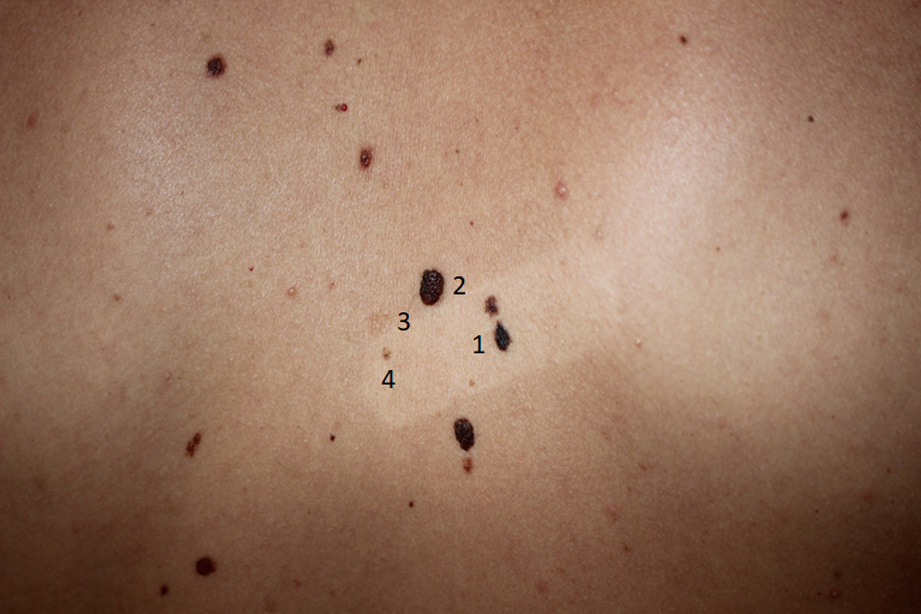Dangers related to the application of plaster on melanocytic nevi

Downloads
DOI:
https://doi.org/10.26326/2281-9649.27.3.1467How to Cite
Abstract
As the body’s first barrier to the outside world, the skin has been exposed for millions of years to ultraviolet (UV) rays.
It has learned how to take advantage of them, for example through vitamin D production, and how to defend against their side effects such as photoinduced DNA alterations with formation of pyrimidine dimers. The defense of the skin, which essentially consists in increased ability to produce melanin, increased corneal thickness, and the extremely
complex ability to repair DNA damages once these have occurred, significantly increases following exposure to UV and this increased natural defensive ability persists for months after it has been implemented.
The risk that occurs when a screen prevents UV radiation from reaching the skin is that the latter is unprepared when the artificial screen for any reason fails.
